SERVICES
Anthenn Technology was founded to provide one stop shop solution in the following business fields :
Custom cable solutions from design to production, with support for High Mix Low Volume – HMLV.
1.
Custom cable solutions from design to production, with support for High Mix Low Volume – HMLV .
Cables & harnessing:
Design and production :
- over molded cable
- RF cables
- Data cables
- Power cables
- Flat cables
- Optical cables
- Harness
- Medical cables
Custom cable solutions offer a wide range of benefits for various industries, from technology and manufacturing to healthcare and aerospace. By tailoring cables to specific requirements, businesses can achieve:
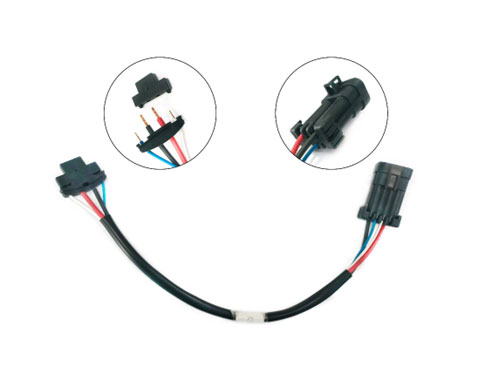
Key Benefits:
- Optimized Performance: Cables designed to exact specifications ensure optimal signal integrity, power transmission, and data transfer rates.
- Increased Reliability: Custom cables can withstand harsh environments, extreme temperatures, and heavy usage, reducing downtime and maintenance costs.
- Enhanced Flexibility: Customized cables can be configured to fit unique installation constraints and adapt to changing needs.
- Improved Safety: Cables designed with safety in mind can minimize the risk of electrical hazards and accidents.
- Cost-Effectiveness: By eliminating unnecessary features and selecting the right materials, custom cables can offer cost savings in the long run.
Common Applications:
- Industrial Automation: Custom cables for robotic arms, sensors, and control systems.
- Medical Devices: Cables for MRI machines, endoscopes, and other medical equipment.
- Aerospace and Defense: Cables for avionics, satellite communications, and military hardware.
- Data Centers: High-performance cables for servers, storage devices, and networking equipment.
- Consumer Electronics: Custom cables for audio, video, and power applications.
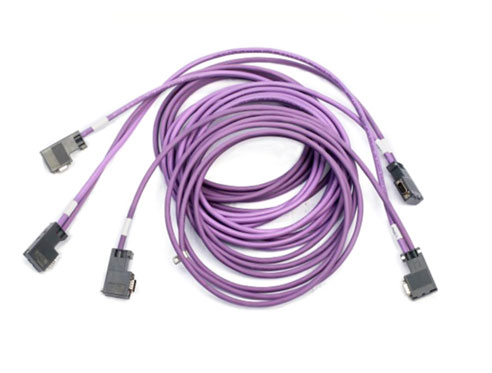
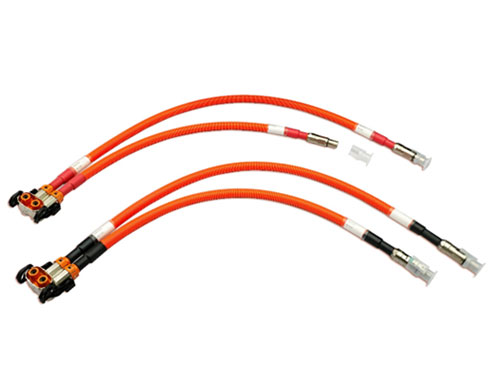
Custom Cable Solutions Providers:
Many companies specialize in providing custom cable solutions. When selecting a provider, consider the following factors:
- Engineering Expertise: The ability to design cables that meet specific requirements.
- Manufacturing Capabilities: The capacity to produce high-quality cables in various quantities.
- Quality Control: Rigorous testing and inspection processes to ensure reliability.
- Customization Options: A wide range of customization options, including cable length, connectors, shielding, and materials.
- Customer Support: Responsive and knowledgeable customer service.
If you’re looking for a custom cable solution, consider these tips:
- Clearly Define Your Needs: Specify the cable’s intended use, length, connectors, and environmental conditions.
- Choose a Reliable Provider: Research reputable companies with experience in your industry.
- Work Closely with the Provider: Collaborate with the provider’s engineers to refine the design and ensure it meets your exact specifications.
- Consider Future Needs: Think about potential future upgrades or modifications.
- Test Thoroughly: Conduct rigorous testing to verify performance and reliability.
By carefully considering these factors and working with a reputable provider, you can obtain custom cable solutions that enhance the performance and reliability of your applications.
2.
Rep/Distribution local services platform for international manufacturers
Representation and distribution services play a crucial role in the electronics industry, connecting manufacturers with buyers and ensuring a smooth supply chain. These services involve a range of activities, including:
Representation Services:
- Sales and Marketing: Promoting manufacturers’ products to potential customers, including original equipment manufacturers (OEMs), electronics manufacturers, and system integrators.
- Technical Support: Providing technical expertise and assistance to customers, answering inquiries, and troubleshooting issues.
- Design-in Support: Collaborating with engineers and designers to incorporate components into new products.
- Inventory Management: Managing inventory levels to ensure timely delivery and minimize stockouts.
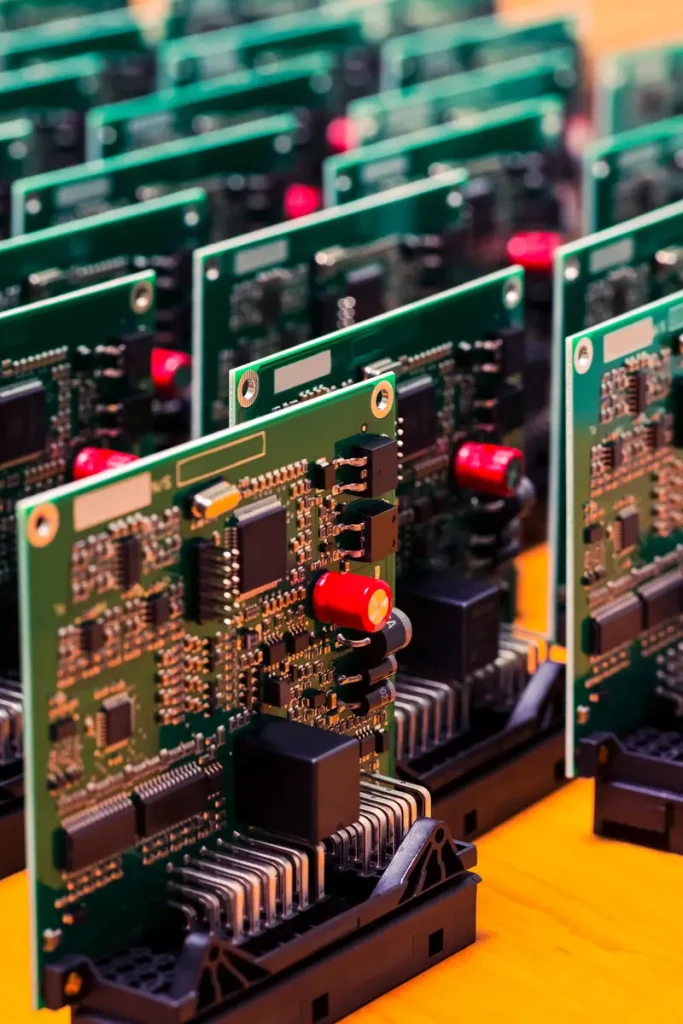
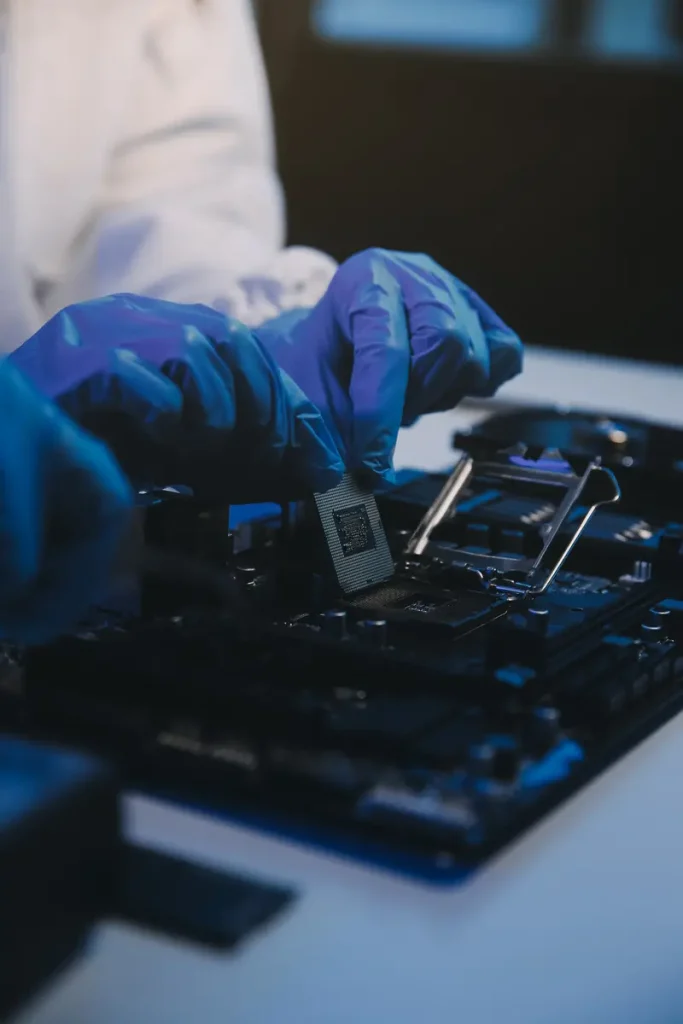
Distribution Services:
- Purchasing and Procurement: Sourcing components from manufacturers and suppliers.
- Inventory Management: Storing and managing inventory to meet customer demand.
- Logistics and Shipping: Handling the transportation and delivery of components to customers.
- Customer Service: Providing customer support, including order processing, invoicing, and returns.
Benefits of Representation and Distribution Services:
- Expanded Market Reach: Access to a wider customer base and new markets.
- Reduced Sales and Marketing Costs: Leveraging the distributor’s sales force and marketing resources.
- Improved Supply Chain Efficiency: Streamlined ordering, inventory management, and logistics processes.
- Enhanced Customer Support: Dedicated customer support teams to address inquiries and resolve issues.
- Access to Technical Expertise: Expert knowledge and technical support from experienced professionals.
Key Considerations for Choosing a Representation and Distribution Partner:
- Market Expertise: Strong understanding of the target market and customer needs.
- Technical Knowledge: Deep knowledge of electronic and electromechanical components.
- Strong Customer Relationships: Established relationships with key customers and decision-makers.
- Reliable Supply Chain: Efficient logistics and inventory management capabilities.
- Financial Stability: Sound financial standing to support operations and investments.
- Customer Service Commitment: Dedication to providing excellent customer service.
By carefully selecting a reputable representation and distribution partner, manufacturers can optimize their supply chain, expand their market reach, and improve customer satisfaction.
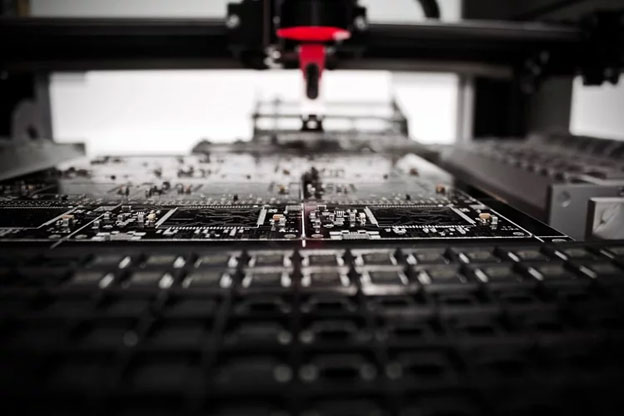
3.
Mechanical and technical parts design and manufacturing :
Mechanical and technical parts design and production services involve the creation and manufacturing of components used in various industries, including automotive, aerospace, medical, and consumer electronics. These services encompass a wide range of processes, from initial concept design to final product assembly.
- Rubber parts
- Mechanical parts
- Plastic parts
All parts will include full production file for customer approval .
Key Services:
Design and Engineering:
- CAD/CAM: Utilizing advanced computer-aided design and manufacturing software to create detailed 3D models and 2D drawings.
- Finite Element Analysis (FEA): Simulating the performance of components under different loads and conditions to optimize design.
- Tolerance Analysis: Ensuring precise dimensions and tolerances to meet functional requirements.
- Material Selection: Choosing the appropriate materials based on factors like strength, weight, cost, and environmental conditions.
Prototyping and Testing:
- 3D Printing: Rapid prototyping to create physical models for testing and evaluation.
- CNC Machining: Precision machining of complex parts from various materials.
- Testing and Validation: Rigorous testing to verify performance, durability, and safety.
Manufacturing:
- Metal Fabrication: Cutting, bending, welding, and assembling metal components.
- Plastic Injection Molding: Mass production of plastic parts.
- Sheet Metal Fabrication: Forming sheet metal into various shapes and sizes.
- Casting: Creating complex metal parts by pouring molten metal into molds.
Surface Finishing:
- Anodizing: Enhancing the corrosion resistance and appearance of aluminum parts.
- Powder Coating: Applying a durable, protective coating to metal surfaces.
- Electroplating: Depositing a thin layer of metal onto a surface to improve its properties.
Assembly and Packaging:
- Manual Assembly: Assembling components by hand.
- Automated Assembly: Utilizing robotic systems for efficient and precise assembly.
- Packaging and Shipping: Preparing products for shipment, including labeling and packaging.
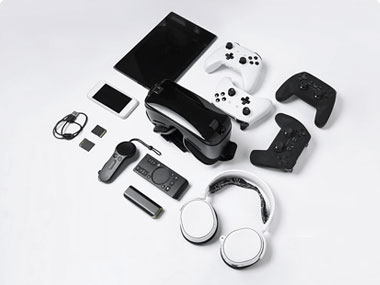
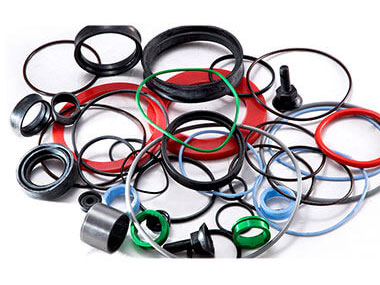
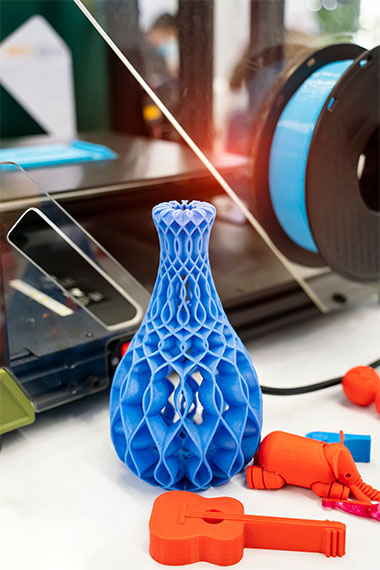
Benefits of Outsourcing Design and Production Services:
- Reduced Costs: Access to economies of scale and efficient manufacturing processes.
- Accelerated Time-to-Market: Faster product development and production cycles.
- Improved Quality: Advanced manufacturing techniques and quality control measures.
- Access to Expertise: Leveraging the knowledge and experience of specialized engineers and technicians.
- Flexibility: Ability to scale production to meet changing demands.
By outsourcing design and production services, companies can focus on their core competencies and bring innovative products to market more quickly and efficiently.
4.
Full turn key assemblies / subassemblies that include combination of technologies .
A full turnkey assembly service is a comprehensive solution that covers every step of the product manufacturing process, from initial design to final delivery. This service model is particularly beneficial for businesses that want to outsource their entire production process, allowing them to focus on core competencies and reduce operational overhead.
Key Components of a Full Turnkey Assembly Service:
- Design and Engineering:
- Product conceptualization and design
- 3D modeling and CAD design
- Prototyping and testing
- Design for Manufacturing (DFM) and Design for Assembly (DFA)
- Procurement and Sourcing:
- Sourcing and procurement of components and materials
- Supplier management and quality control
- Manufacturing and Assembly:
- Sheet metal fabrication
- Machining
- Plastic injection molding
- PCB assembly
- Cable assembly
- Final assembly and testing
- Quality Control and Testing:
- In-process quality control
- Functional testing
- Environmental testing
- Reliability testing
- Packaging and Shipping:
- Packaging design and labeling
- Inventory management
- Shipping and logistics
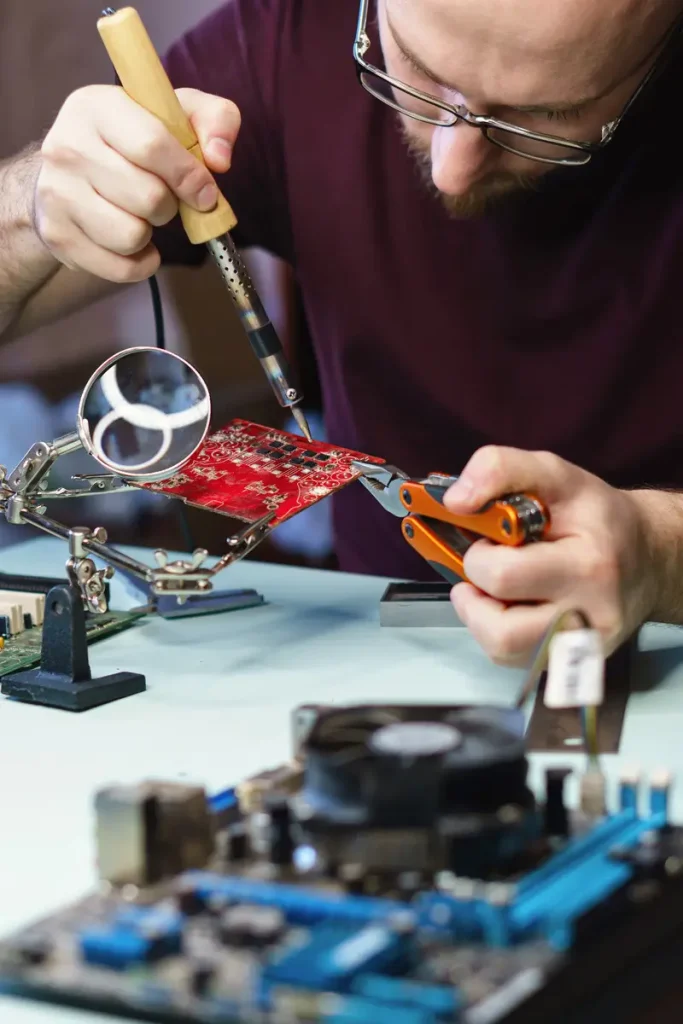
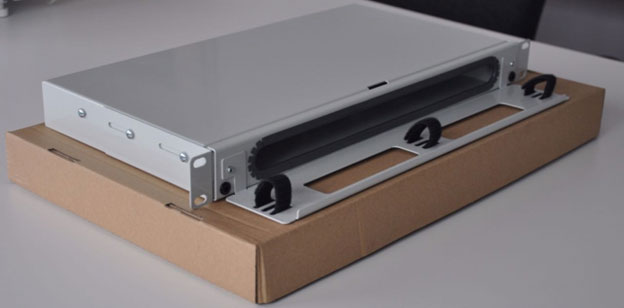
Benefits of Full Turnkey Assembly:
- Reduced Costs: Economies of scale and efficient processes can lead to significant cost savings.
- Accelerated Time-to-Market: Streamlined processes and experienced teams can reduce lead times.
- Improved Quality: Rigorous quality control measures and advanced manufacturing techniques ensure high-quality products.
- Increased Flexibility: Scalability to meet fluctuating demand and adapt to changing market conditions.
- Reduced Risk: Mitigation of supply chain risks and operational challenges.
- Focus on Core Competencies: Allows businesses to concentrate on their core strengths.
Choosing the Right Turnkey Assembly Provider:
When selecting a full turnkey assembly provider, consider the following factors:
- Experience and Expertise: Look for a provider with a proven track record and deep industry knowledge.
- Manufacturing Capabilities: Ensure the provider has the necessary equipment and facilities to handle your specific requirements.
- Quality Control Standards: Verify that the provider adheres to stringent quality control standards and certifications.
- Supply Chain Management: Assess the provider’s ability to source components efficiently and manage the supply chain effectively.
- Customer Support: Evaluate the provider’s responsiveness and commitment to customer satisfaction.
- Financial Stability: Consider the provider’s financial health and ability to meet long-term commitments.
By partnering with a reputable full turnkey assembly provider, businesses can benefit from a seamless and efficient manufacturing process, ultimately leading to improved product quality, faster time-to-market, and increased profitability.

5.
Purchasing services:
For htech companies , based on cost + , according to the customer needs . Purchasing services for technical parts and long lead time items are crucial for businesses, especially in industries like manufacturing, aerospace, and automotive. These services streamline the procurement process, ensuring timely delivery and cost-effective sourcing.
Key Services Offered:
- Supplier Identification and Qualification:
- Identifying reliable suppliers with the necessary capabilities to meet specific requirements.
- Assessing supplier performance metrics, including quality, delivery time, and cost.
- Conducting supplier audits to ensure compliance with quality standards and ethical practices.
- Request for Quotation (RFQ) and Bid Analysis:
- Preparing detailed RFQs to solicit competitive bids from multiple suppliers.
- Analyzing bids based on factors like price, quality, delivery time, and supplier reliability.
- Negotiating favorable terms and conditions with suppliers.
- Purchase Order (PO) Generation and Management:
- Creating accurate and timely purchase orders.
- Tracking PO status and ensuring timely delivery.
- Resolving any discrepancies or issues with suppliers.
- Inventory Management:
- Optimizing inventory levels to balance supply and demand.
- Implementing inventory control systems to minimize stockouts and excess inventory.
- Managing lead times and ensuring timely replenishment of stock.


- Logistics and Shipping:
- Coordinating with suppliers and logistics providers to ensure efficient shipping and delivery.
- Tracking shipments and providing real-time updates on delivery status.
- Handling customs clearance and import/export documentation.
Strategies for Managing Long Lead Time Items:
- Early Planning:
- Identify long lead time items early in the design and procurement process.
- Develop a detailed procurement plan with clear timelines and milestones.
- Supplier Collaboration:
- Establish strong relationships with reliable suppliers.
- Collaborate with suppliers to optimize lead times and minimize disruptions.
- Inventory Management:
- Implement effective inventory management strategies, such as safety stock and buffer stock.
- Monitor inventory levels closely and adjust as needed.
- Risk Mitigation:
- Develop contingency plans to address potential supply chain disruptions.
- Diversify suppliers to reduce reliance on a single source.
- Technology Utilization:
- Utilize advanced procurement software to streamline processes and improve visibility.
- Implement real-time tracking and monitoring of long lead time items.
By leveraging these services and strategies, businesses can effectively manage the procurement of technical parts and long lead time items, ensuring uninterrupted operations and minimizing supply chain risks.


 לוואטסאפ
לוואטסאפ לשיחת טלפון
לשיחת טלפון